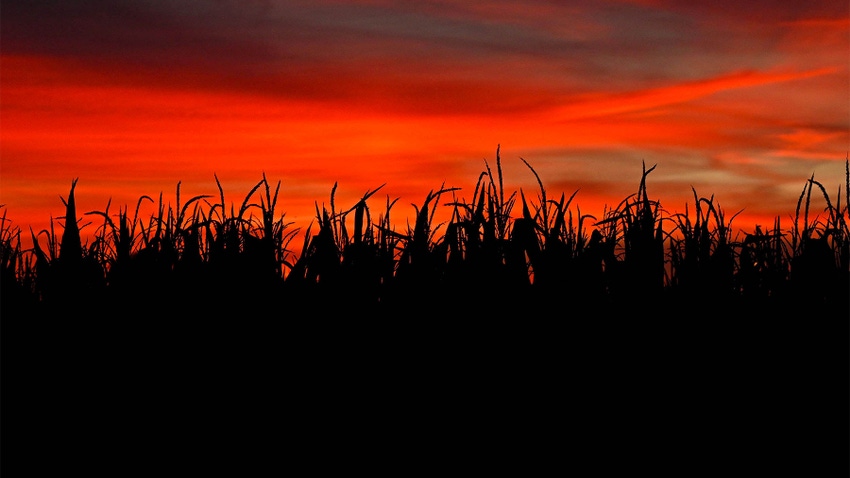
It’s a red-sky kind of ag economy, but whether it’s a blessing or a warning depends on your farm’s financial position.
Not familiar with the reference? It’s a nautical saying, “Red sky at night, sailors delight. Red-sky morning, sailors take warning.” And according to University of Missouri Extension agricultural economist Ben Brown, it depicts how the impact of the agricultural economy on individual farmers varies.
During the MU Crop Management Conference in December, he told attendees that “depending on where you're at in the state, depending on the makeup of your farm operations, the commodities you run, the setup of the business, I think you can look ahead to 2024 — and maybe even 2025 — and see a very different perception of whether this is a red sky at night or a red sky at morning.”
Brown outlined factors that will likely affect all farmers and ranchers in the coming year:
Loan shift. Brown noted demand for operating loans will increase because of a doubling of cost of production expenses. However, higher interest rates caused a surge in one type of loan: variable-rate.
“Producers are hoping that eventually interest rates will turn down or soften,” he said.
On the flip side, there is a risk that interest rates will actually go up, but Brown doesn’t anticipate that happening. He said farmers will see short-term interest rates staying relatively flat for a prolonged period of time.
Rise in land values. Despite higher interest rates, Brown said land values will continue to rise in 2024, citing drought mitigation payments and transition from pasture to cropland as factors in these higher prices.
Overall, he estimated an increase of 3% to 6% in Missouri land values. While good for the financial books of farmers selling, it is hard to pencil out profit for those buying land. Brown cautioned that value may even be higher based on location.
“If you’re in western Missouri, land markets are heating up very quickly,” he said. “We’ve seen a lot of sales well above 15% to 20% and more above the average.”
And in southwest Missouri land is flipping quickly for a profit. In Bates County, a parcel sold for $6,500 per acre, then just sold two years later for $10,000.
Farm income declines. Brown said U.S. farm balance sheets are strong because of higher land values and years of above-average farm income. However, it will not last into 2024 and 2025. “We are in a period of decreasing farm income,” he said.
Commodity markets are expected to decline and put a pinch on farm operations. Lower cash receipts and lower government payments add to struggling finances. However, Brown added, if there is an upside it is lower production costs.
Corn market struggles. While drought created lower production in Missouri, other states saw record yields. Brown projected lower corn prices year over year, down from $5 per bushel to right below $4.50 for 2024-25 crop.
Soybean export woes. The U.S. had a smaller soybean crop this year, meanwhile South America had a record crop. Brown said that is “taking some bandwidth out of the export market.”
Just how much pressure that puts on price remains to be seen. However, Brown projected soybean price for 2024-25 crop at $11.39 per bushel, down from nearly $13 last year.
Livestock needs. Brown predicted a relatively flat feed picture for the livestock sector. This added concern for the already financially stressed pork and poultry sectors.
“Our analysis would show that 2023 is actually a worse financial year for pork producers than 1998 when we saw rapid consolidation in the pork industry,” he said. “It has just been a rough year for feed demand, and it will continue to struggle.”
Final morning warning
How farms position themselves in 2024 will determine if this red-sky ag economy turns out to be a warning or a delight.
Ultimately, Brown said there are three types of farmers during trying financial times:
ones that continue to expand and lower per-unit fixed costs
those that bleed equity, delay asset purchases and increase debt holding
individuals that retire or exit the industry
For farmers or those working in the ag sector, Brown offered this sentiment: “Farmers are going to be faced with tighter margins and tighter budgets. And that is going to be 2½ times more painful than the joy we’ve seen in the last two years.”
About the Author(s)
You May Also Like






